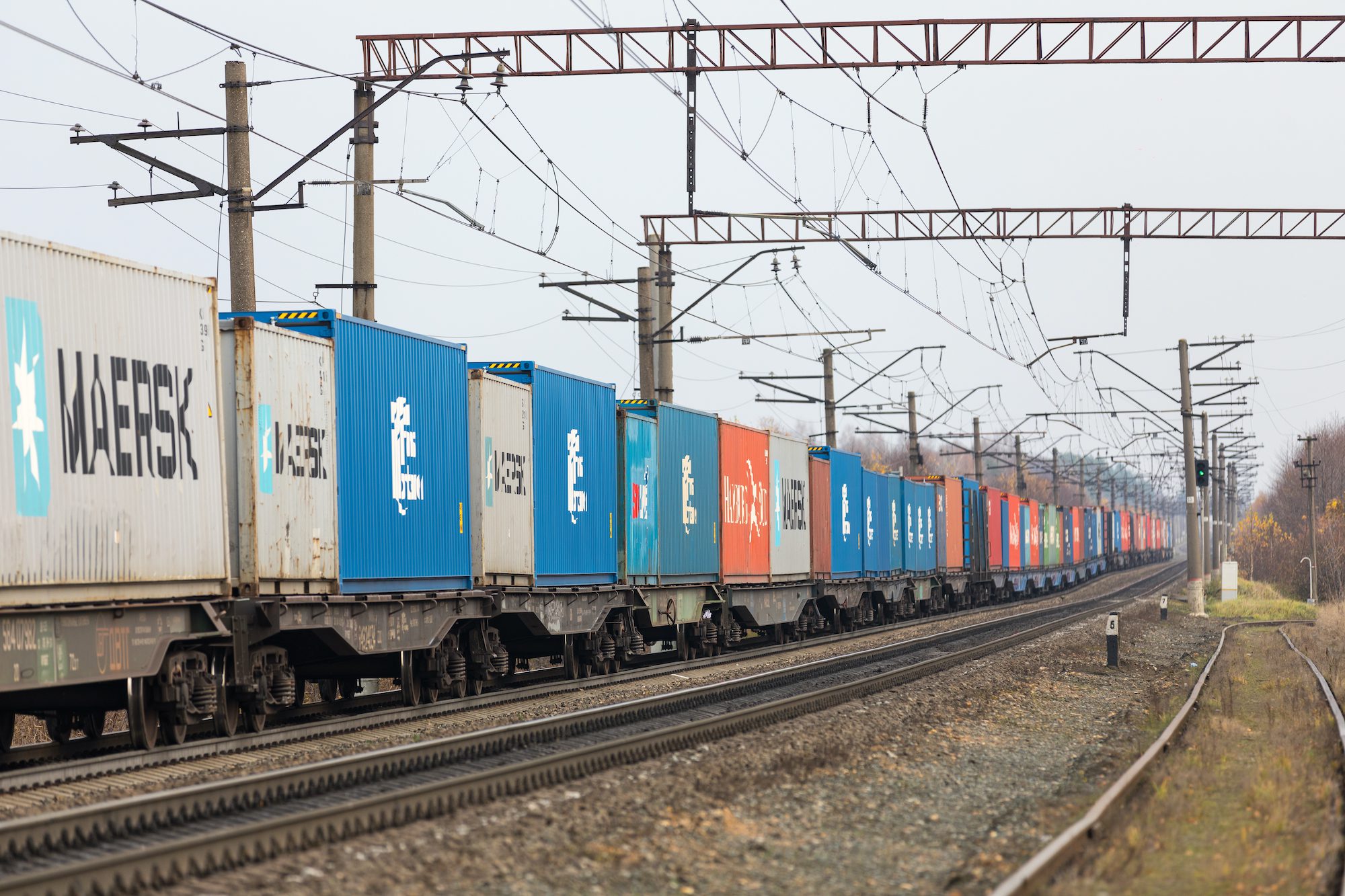
China-Europe Rail Containers Find New Routes By Sea to Avoid Russia
['rail', 'Europe', 'China', 'port', 'route']
ByAnn Koh and Kyunghee Park (Bloomberg) — More than a million containers set to ride 6,000-plus miles of railway linking Western Europe to Eastern China via Russia are now having...
China-Europe Rail Containers Find New Routes By Sea to Avoid Russia
More than a million containers set to ride 6,000-plus miles of railway linking Western Europe to Eastern China via Russia are now having to find new routes by sea, adding to costs and threatening to worsen the global supply chain chaos. Kuehne + Nagel International AG, one of Europe's largest freight forwarders, is already rejecting rail cargo from China to Europe, according to Marcus Balzereit, a senior vice president for Asia Pacific at the Switzerland-based company. The rail links between China and Europe have been forged over the past decade as part of President Xi Jinping's new Silk Road project, which later morphed into the "Belt and Road" initiative. Last year, trains moved about 1.46 million containers carrying goods valued at about $75 billion between China and Europe on the routes, or about 4% of total trade between the two sides, according to estimates by Bain & Co. The rail networks stretching from China, Kazakhstan, Russia, Belarus and beyond connect Chinese commercial centers such as Yiwu in Zhejiang province, Xi'an in Shaanxi, Zhengzhou in Henan, Chengdu in Sichuan and Wuhan in Hubei to European cities including Moscow, Minsk, Hamburg, Milan, Warsaw, Munich and Madrid. It takes about two weeks to send Asian goods to Europe via rail compared with a month by ship, according to logistics firms. The cost of transporting a container by rail is roughly twice that of sea freight and a quarter of sending goods by air, according to logistics provider DSV. Last year, when online vendors rushed to meet a boom in demand for laptops and mobile phones during the pandemic, rail offered a crucial lifeline because some ports in China were locked down, said Helen Liu, a partner at Bain & Co. in Shanghai. Still, the war in Ukraine hasn't stopped the rail traffic, with some trains as much as 500 meters long continuing to carry containers between Xi'an and Kaliningrad, a Russian city sandwiched between Poland and Lithuania.